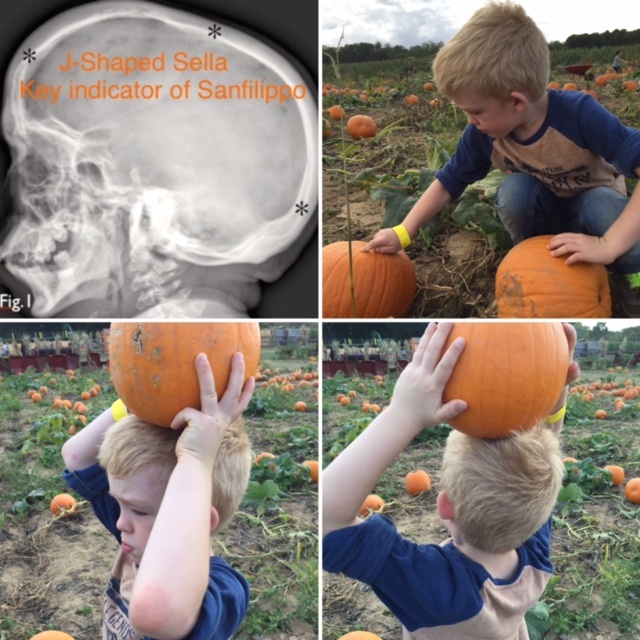Why neglected tropical disease and rare disease researchers need each other
Jill Wood of Jonah’s Just Begun advocates for neglected tropical disease and rare disease researchers, patients and advocates to collaborate.
Jill Wood of Jonah’s Just Begun advocates for neglected tropical disease and rare disease researchers, patients and advocates to collaborate.
 Conversations and healthy debate about issues facing our industry and the health care system are critical to addressing some of today’s challenges and opportunities. The Catalyst welcomes guest contributors, including patients, stakeholders, innovators and others, to share their perspectives and point of view. Views represented here may not be those of PhRMA, though they are no less key to a healthy dialogue on issues in health care today.
Conversations and healthy debate about issues facing our industry and the health care system are critical to addressing some of today’s challenges and opportunities. The Catalyst welcomes guest contributors, including patients, stakeholders, innovators and others, to share their perspectives and point of view. Views represented here may not be those of PhRMA, though they are no less key to a healthy dialogue on issues in health care today.
We’re pleased to host a guest blog from Jill Wood and Sean Ekins. Jill is the mother of Jonah, who has Sanfilippo Syndrome. She is the Founder of Jonah’s Just Begun, Co-Founder of Phoenix Nest, Inc. and a rare disease patient advocate. Her goal is to revolutionize efforts to bring treatments to rare disease patients. Sean is the CEO of Phoenix Nest, Inc.
My son Jonah was diagnosed at two years old with a rare disease called Sanfilippo Syndrome, and the diagnosis was all due to his pediatrician noticing his head size being off the chart for a one-year-old child. This condition is termed macrocephaly and is associated with many neurological conditions. That moment was defining, and it set us on the path to a rapid diagnosis and all that has followed since fundraising, learning about the disease and science.
 Sadly, we are hearing a lot about babies and their head size in the media lately, but in the other direction – children being born with microcephaly. In particular, the number of children born with this rare condition has spiked in Brazil, and it is believed to be associated with the Zika virus (a neglected tropical disease). Such tropical diseases are common in the Americas, Asia and Africa and are caused by several different pathogens. Microcephaly is also apparent in several rare diseases or chromosomal abnormalities.
Sadly, we are hearing a lot about babies and their head size in the media lately, but in the other direction – children being born with microcephaly. In particular, the number of children born with this rare condition has spiked in Brazil, and it is believed to be associated with the Zika virus (a neglected tropical disease). Such tropical diseases are common in the Americas, Asia and Africa and are caused by several different pathogens. Microcephaly is also apparent in several rare diseases or chromosomal abnormalities.
What other aspects do neglected tropical diseases and rare diseases have in common? Many people have difficulty obtaining an accurate diagnosis and face limited treatment options. Many of the neglected tropical diseases are treatable, but diagnosis, cost and limited accessibility to medicines are common. With rare diseases, only several hundred out of over 7,000 have treatments, diagnosis can take many years and the cost for treatment can be in the range of hundreds of thousands of dollars.
As we edge closer to the global rare disease day (Feb. 29), we should remember that often the cheapest of indicators can be a literal lifesaver. Measuring the head size of my son did not cost thousands of dollars. We need to educate more doctors and patients on what to look for. We are in the same position for Zika virus as for thousands of rare diseases – there is no treatment, but there is lots of attention. Zika, like Ebola before it, has its 15 minutes of fame. How we manage this could be important for raising awareness of rare diseases, as well.
I am advocating that neglected tropical disease and rare disease researchers, patients and advocates collaborate. Perhaps we could improve the health of many.